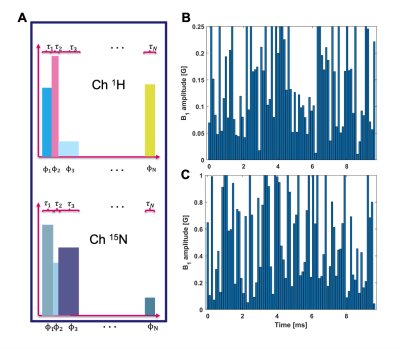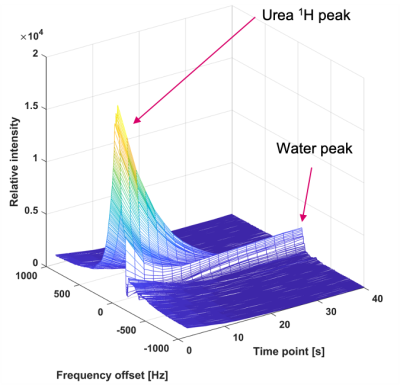Vencel Somai1,2, Felix Kreis3, Adam Gaunt1, and Kevin M Brindle1,4
1Cancer Research UK Cambridge Institute, University of Cambridge, Li Ka Shing Centre, Robinson Way, Cambridge, United Kingdom, 2Department of Radiology, University of Cambridge, School of Clinical Medicine Box 218, Cambridge Biomedical Campus, Cambridge, United Kingdom, 3Department of Information Technology and Electrical Engineering, ETH Zurich, Rämistrasse 101, Zurich, Switzerland, 4Department of Biochemistry, University of Cambridge, Tennis Court Road, Cambridge, United Kingdom
1Cancer Research UK Cambridge Institute, University of Cambridge, Li Ka Shing Centre, Robinson Way, Cambridge, United Kingdom, 2Department of Radiology, University of Cambridge, School of Clinical Medicine Box 218, Cambridge Biomedical Campus, Cambridge, United Kingdom, 3Department of Information Technology and Electrical Engineering, ETH Zurich, Rämistrasse 101, Zurich, Switzerland, 4Department of Biochemistry, University of Cambridge, Tennis Court Road, Cambridge, United Kingdom
The proposed method produced a ΔB0
and B1 insensitive pulse sequence that required ~2 times lower peak
B1 than the BINEPT sequence. The performance was tested on a [15N2]urea
phantom, where it transferred more polarization than the BINEPT sequence and could
also be used for partial transfer.

(A) Discretized shaped pulses on
1H and 15N channels. The color-coding and the height of
the bars represent the phase (Φi)
and the amplitude of the pulse points respectively. The length of the pulse
points (τi)
is also an optimization variable. (B) Pulse amplitude on proton channel for the
1H to 15N full transfer. (C) Pulse amplitude on the 15N
channel. Despite the rapidly varying waveforms the predicted behavior was well
preserved.

